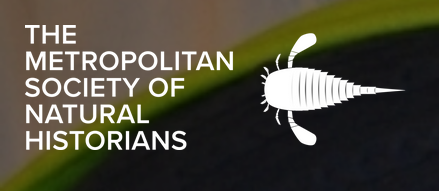In the evening of Saturday, May 18, the MSNH joined NYC Audubon again in their annual survey of horseshoe crab breeding in Jamaica Bay. Although a bit chilly on this full moon night, we had an excellent time watching horseshoe crabs mate! Over the last five years, we have been joining NYC Audubon annually for this event, but this was by far the busiest night for breeding that we ever witnessed with hundreds of crabs coming to the shore. We started in two teams running a transect and performing quadrant sampling every 10 m. After this was complete, we tagged roughly 80 horseshoe crabs so that researchers can track their movements and assess the stability of the Jamaica Bay population. We also discovered some horseshoe crabs who had old tags from past years, and it was great to see our old friends again! NYC Audubon's annual horseshoe crab survey is crucial for monitoring the population of these magnificent ancient arthropods, which are in decline due to overharvesting for medical and fishing purposes. A special thank you to Dottie, NYC Audubon and to all participants for such a wonderful event!
To view more photos from this event, check out here. All photo credit goes to Harald Parzer.
Useful Information/Links
NY Horseshoe Crab Monitoring Network
To learn more about horseshoe crab breeding, check out research by Dr. H. Jane Brockmann at the University of Florida.
Horseshoe crabs, despite their name and superficial resemblance, are not crabs. They actually belong to their own class Xiphosura in Chelicerata, an arthropod group that also includes the classes Arachnida (spiders, scorpions, ticks, etc), Eurypterida (the extinct sea scorpions and also MSNH's logo taxon), and Pycnogonida (sea spiders) and some researchers even consider them within Arachnida. Worldwide only four extant species of horseshoe crabs exist and all species except the Atlantic horseshoe crab, Limulus polyphemus, are found in the Indo-Pacific Ocean. Extinct horseshoe crab species have also been described and the oldest fossil, found in Canada, dates to the Upper Ordovician, 445 million years ago! Despite their remarkable old age, horseshoe crabs have changed little morphologically since their first appearance and are therefore often referred to as 'living fossils' in the scientific literature. To learn more about horseshoe crabs, check out this article on them from our Taxon of the Month page.


